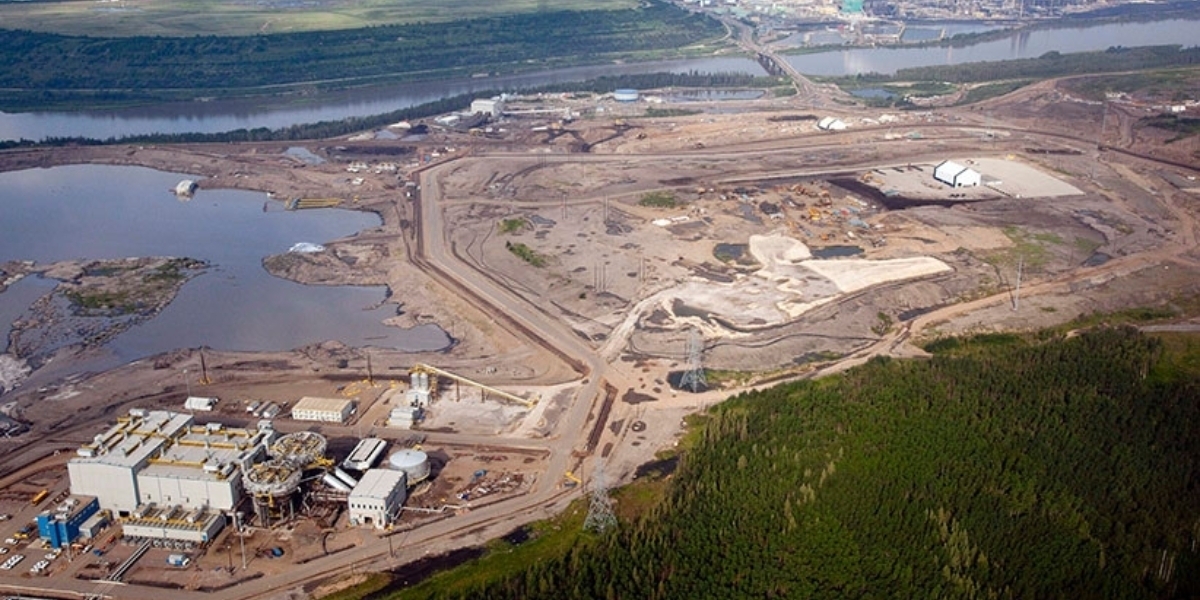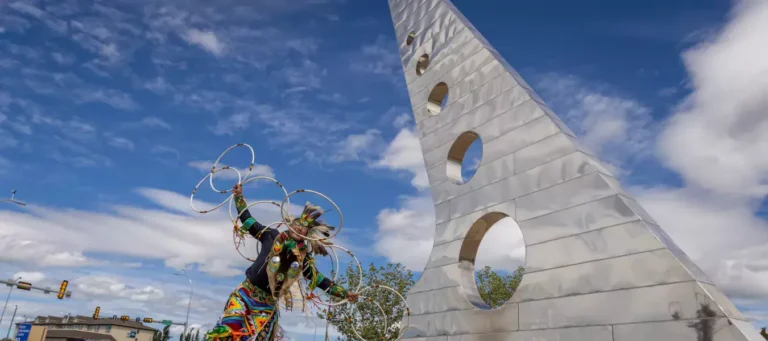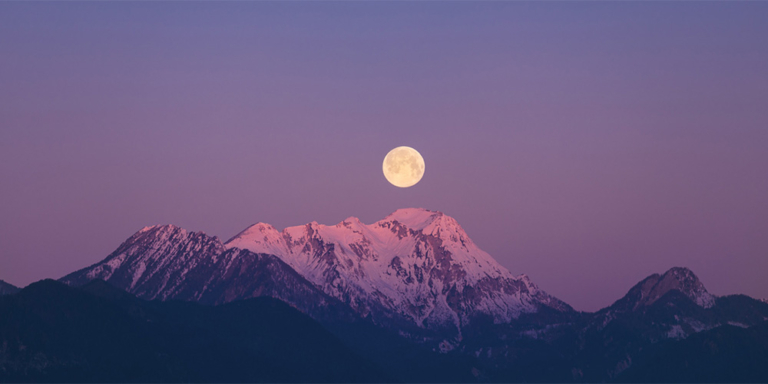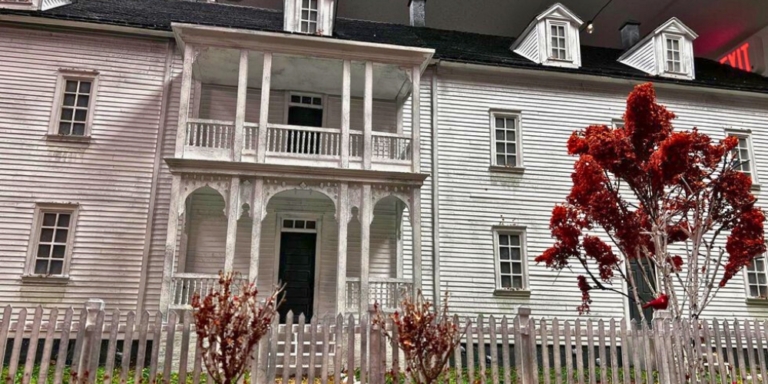As if the recent Kearl spill wasn’t nasty enough, six million tons of water were released from a sedimentation pond at Suncor’s Fort Hills oil sands project in northern Alberta on April 16, 2023.
This is not a drop in the bucket; six million tonnes is almost three Olympic-size swimming pools. Calling this a pond ‘Pond’ is a massive understatement.
Sedimentation ponds differ from tailings ponds, which cover about 176 kilometres in Alberta or 390,000 Olympic-sized swimming pools.
Sedimentation ponds catch run-off and hold water while soil and debris settle to become sediment. The collected water is then discharged.
However, the water discharged from Fort Hills contained 116 milligrams of suspended solids, more than twice the legal limit of 50 milligrams. Suspended solids are harmful for several reasons.
For starters, suspended solids can clog fish gills and cause increased stress levels due to a lack of oxygen. You would be stressed, too, if it felt like you had a plastic bag over your head, right?
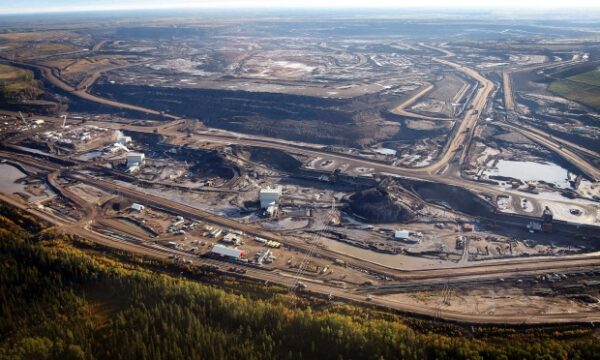

Suspended solids also settle at the bottom of rivers and lakes, which can bury fish eggs, nurseries, and habitats. Unfortunately, the toxic spill from Suncor’s Fort Hills site was discharged into the Athabasca River.
The Athabasca River plays a vital role in the lives of Alberta’s First Nations and Metis communities that rely on the river for fishing and trapping.
Suncor notified communities and the Alberta Energy Regulator (AER) about the spill, but the neighbouring Northwest Territories (NWT) downstream from the toxic spill were not notified. Why?
Under the 2015 Mackenzie Basin Bilateral Water Management Agreement, the Alberta government must notify the NWT if an event that impacts water quality in the area occurs.
“Unfortunately, this is yet another instance of the Alberta government not meeting their commitments under our bilateral water management agreement,” Shane Thompson, NWT Minister of Environment and Climate Change, told The Globe and Mail.
This is the second major incident in Alberta this year and the second time within a month that Indigenous Peoples were left in the dark.
Something Needs To Change
Last week, Chief Adam Allan of the Athabasca Chipewyan First Nation (ACFN) stood before the House of Commons Standing Committee on Environment to discuss the Kearl tailings leak.
Petroleum producer Imperial Oil discovered discoloured water near its Kearl oil sands site north of Fort McMurray last May.
The contaminated water escaped from the company’s tailings pond, or toxic sludge pit, and contained high levels of arsenic, sulphate, and hydrocarbons, all exceeding provincial limits.
Imperial Oil notified the AER but did not notify the federal government or nearby Indigenous communities. For nine months, nearby communities were unaware of the leak.
On February 6, 2023, the AER issued an environmental protection order responding to a second leak at Kearl. This brought the first leak to the attention of Indigenous communities in the area.
Premier Danielle Smith claims it was Imperial Oil’s responsibility to notify Indigenous communities, not the government’s. That’s like a cop ignoring a crime because they are off duty.
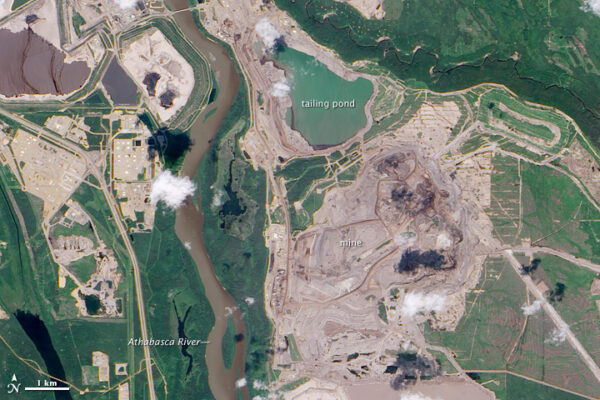

To Allan and many other Indigenous leaders, this meeting wasn’t just about Kearl. It was about the province’s improper monitoring of oil sand projects.
He believes First Nations should be part of environmental review panels for oil sand projects.
“I’m asking for a seat at the table to make the decisions; either we give the green light, or we give nothing,” Allan said during the meeting on Monday.
Billy-Joe Tucker, Chief of the Mikisew Cree First Nation, argues that the AER is a captured regulator biased toward the oil industry.
“One of the clearest lessons from this crisis at Kearl is it has reconfirmed that the AER is a captured regulator that is simply not a trusted partner in protecting federal interests in our community,” commented Tucker.
Federal Environment Minister Steven Guilbeault has proposed a plan for a new body consisting of federal, provincial, and First Nation members. This body would meet regularly to discuss tailings releases and long-term solutions to tailings ponds.
“We would find processes where everyone gets the information in a timely, transparent and accurate manner…No one has to find out months later something has been going on,” commented Guilbeault.
These spills have people asking, does the AER need to be torn down and rebuilt from the ground up?
Lining Their Pockets
The spotlight may be on the AER, but we haven’t forgotten about you, Imperial Oil. On April 20, 2023, Imperial Oil President and CEO Brad Corson appeared before the committee.
Corson was ‘deeply apologetic’ during his testimony. He looked like a wolf in sheep’s clothing. It has been reported that Imperial was still pumping wastewater into the pond that leaked.
MPs weren’t convinced and accused Corson of hiding information, overseeing an environmental disaster, and allowing Indigenous communities to live in fear.
What’s most puzzling is that Corson’s pay almost doubled in 2022, making him the country’s top-paid oil executive.
Compared to a total pay of almost $9 million in 2021, Carson made over $17 million in 2022. Corson nearly doubled his salary the same year one of the largest wastewater spills in Alberta happened. Whatever happened to executive pay is tied to performance?
Are we supposed to believe that Imperial Oil first considers “safety, health, and environmental performance” when dishing out pay?
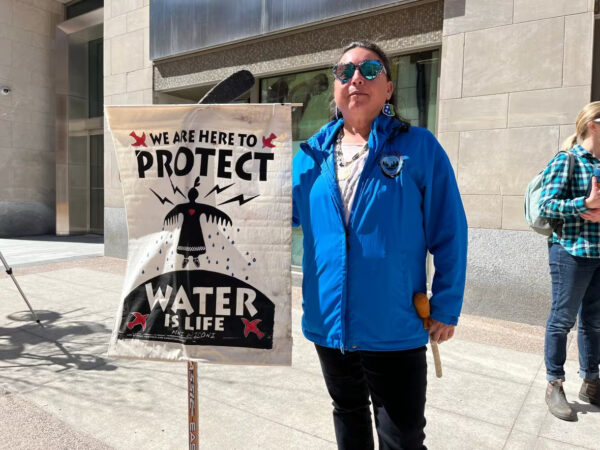

Those are the three values listed in Imperial Oil’s executive compensation summary included in the company’s 2022 Sustainability Report.
While Indigenous communities live in fear, companies like Imperial Oil sit in their ivory tower, ignorant of the situation.
“Water is sacred. It’s our lifeblood. A life force that is a sacred element in many Indigenous Peoples’ cultures around the globe…they are not just threatening the environment, but also the very existence of the downstream communities,” said Tori Cress, spokesperson for Keepers of the Water.
Corson commented, “I am committed to ensuring this sort of incident does not happen again. I want to improve our trust with these communities.”
For Alberta’s Indigenous Peoples, that bridge was burned a long time ago.

